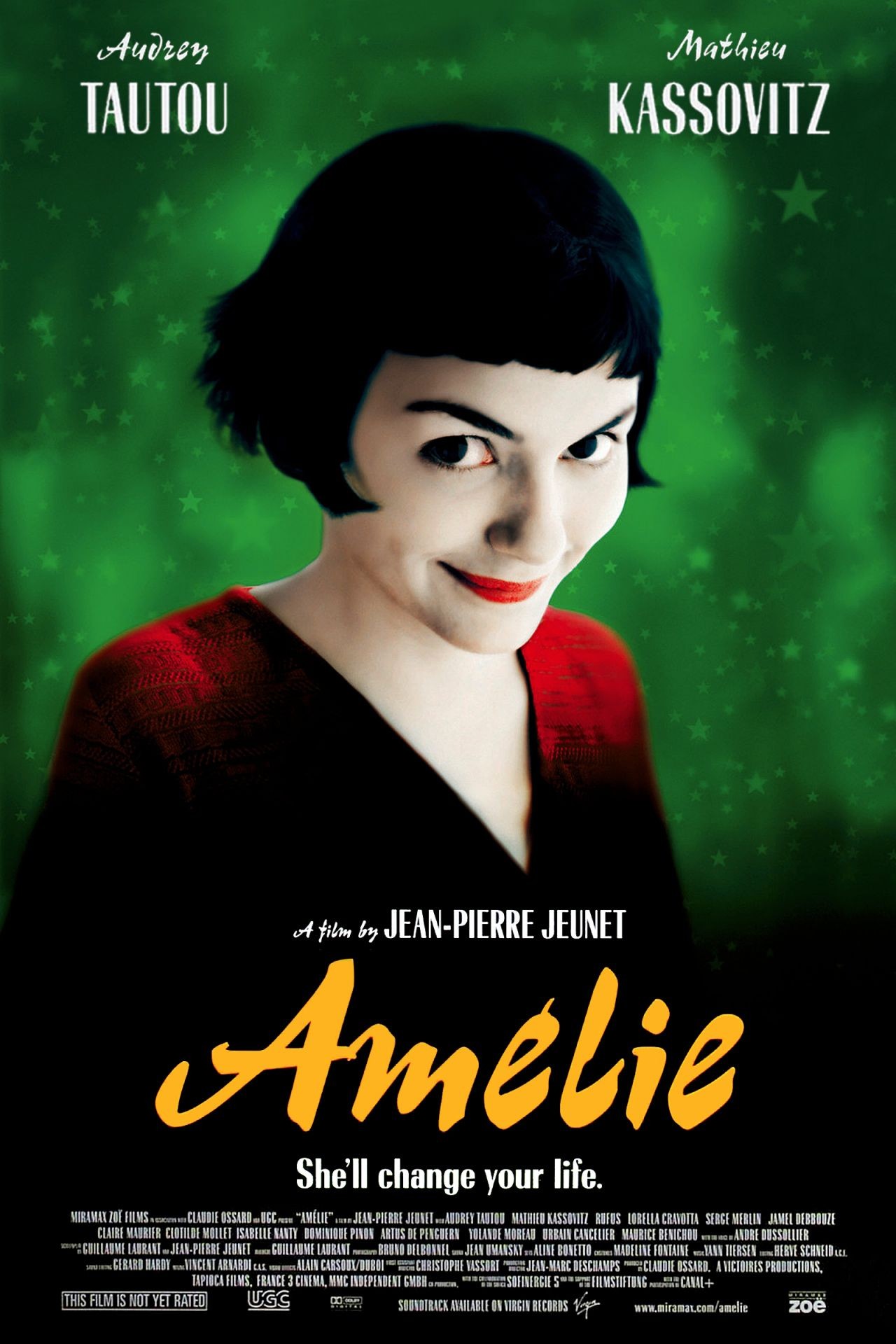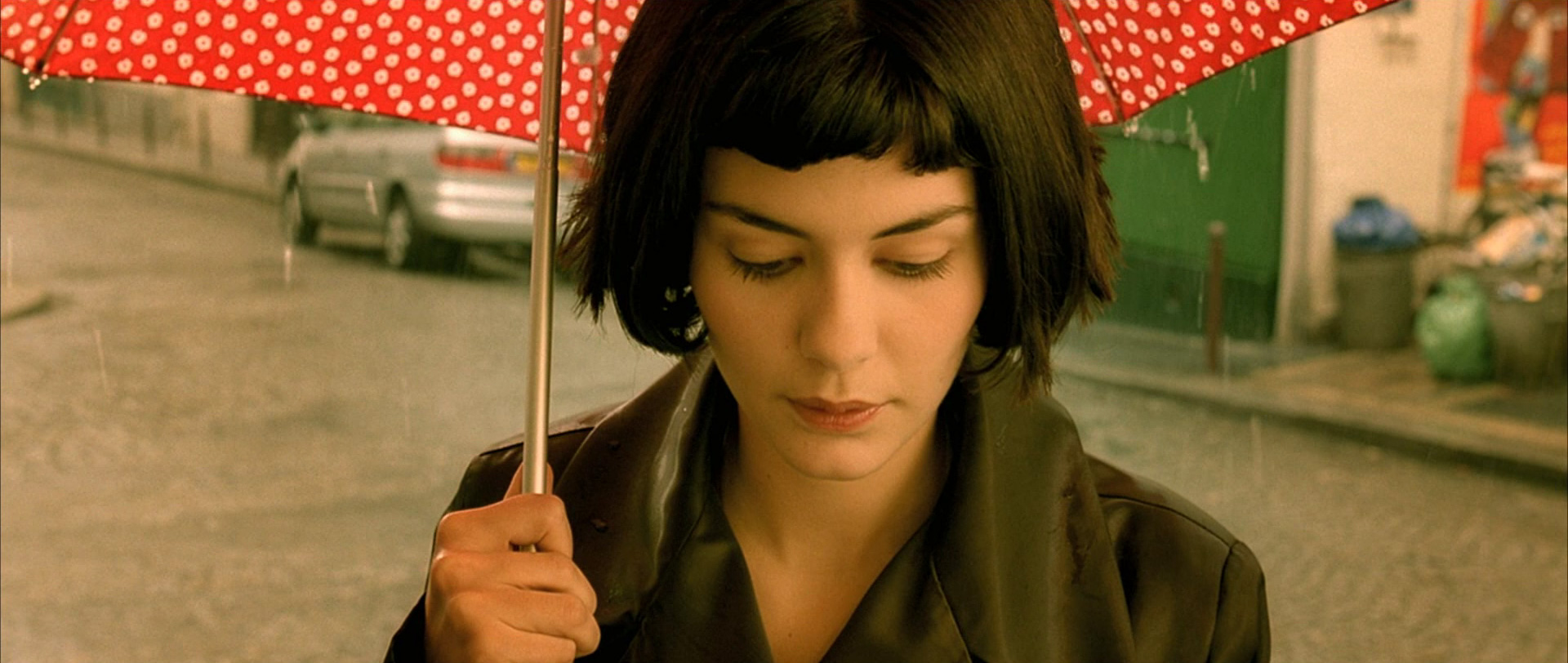


Tiersen uses many instruments, including some very unique ones to complete the sound of the film.

Amelie is an incredibly well loved film and much of that is due to its incredible score composed by Yann Tiersen. Without question, Amelie falls into the first category.
#AMELIE FILM SCORE MOVIE#
On the other hand a movie with a lackluster soundtrack is often times more forgettable and tends not to capture our hearts. It keeps the film alive in our hearts and makes us long to watch the film again whenever we hear those beautiful melodies that we know and love. Even if the storyline is reused in another film and people don’t have a desire to watch the original movie again, the music stands as a unique reminder. If the soundtrack is stunning it can mean great success and longevity for the film. For example, in the opening scene, Amélie is shown as a little girl and French melody is playing in the background to reinforce that the events are occurring in France.“Amelie leading blind man.” Amelie. In addition, distinctively French melodies are utilized as the score in multiple scenes throughout the film-helping to reinforce the French authenticity. This is what would be heard in the streets of France and lends to the authenticity of each scene. The background noise that is utilized when she is out in public is that of cars passing by, horns, and nature sounds. The sound and music utilized in Amélie effectively enhances multiple aspects of the film. The emphasized facial expressions and body language is common in both silent films and in foreign films. The actors of the film are highly effective in using body language and facial emotions to convey meaning without understanding the conversation. Although a lot of dialogue is present throughout the film, multiple reaction shots and close-ups are utilized during conversations. The film Amélie is similar to a silent film in many ways. The mise en scene of Amélie helps to reinforce the fact that the film is of French origin however, cultural references are also utilized. Electronics of the 1990s, such as CRT televisions, VCRs, and VHS camcorders, were shown in the film along with the older style automobiles and motorcycles. To help solidify the time-period of the film, certain props were used. The costuming corresponds with the characters ages making the mixture of characters in the town more realistic of an actual town. The dress of the younger generation characters was more modern and trendy compared to the dress of older characters, which was more traditional. The costuming also lends itself to the French nationality of the film. For transportation, small cars, small motorcycles, scooters, and bicycles are used for private transport whereas, the train is shown being utilized as public transit. The props also reinforce the French nationality of the film. Other shots show iconic bridges and buildings of Paris. Additionally, the scenes of Amélie walking in town shows narrow town streets, markets, and apartments, which are synonymous with villages around Paris. The East Station is frequently used as the set for scenes when Amélie has to catch a train. The sets utilize famous landmarks in Paris, France to reinforce the location of the film without the cliché of displaying the Eifel Tower in every shot. The mise en scene also solidifies the fact that the film is of French nationality. The first clue of its French nationality is the fact that the language spoken throughout the film is French-from the actors to the narrator. The film Amélie is of French nationality.


 0 kommentar(er)
0 kommentar(er)
